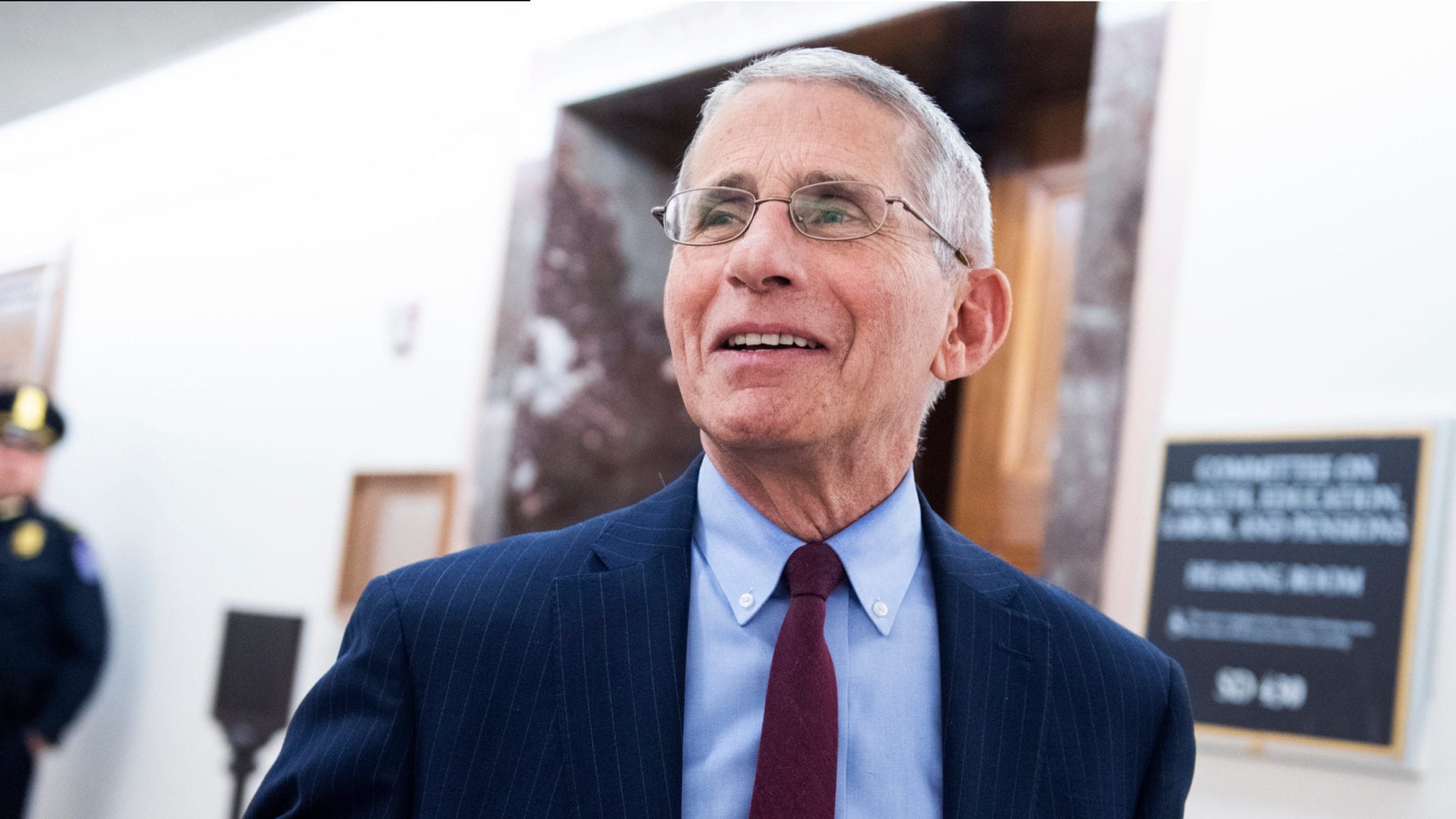
Moderna bolsters global hopes in Covid-19 vaccines, but big obstacles remain
Where does the world go from here?
Eleven months after word first broke out, two companies now say they have developed an effective Covid-19 vaccine, a key triumph in the fight against the worst pandemic in a century and the first major round of evidence for a previously untested genetic technology whose rapid response potential long captured the imaginations of researchers in the US and Europe.
Experts cautioned for months that mRNA was unproven and the first vaccines may only be 60% or 70% effective, if they worked at all. Now both frontrunners say they prevent disease more than 90% of the time.
Unlock this article instantly by becoming a free subscriber.
You’ll get access to free articles each month, plus you can customize what newsletters get delivered to your inbox each week, including breaking news.